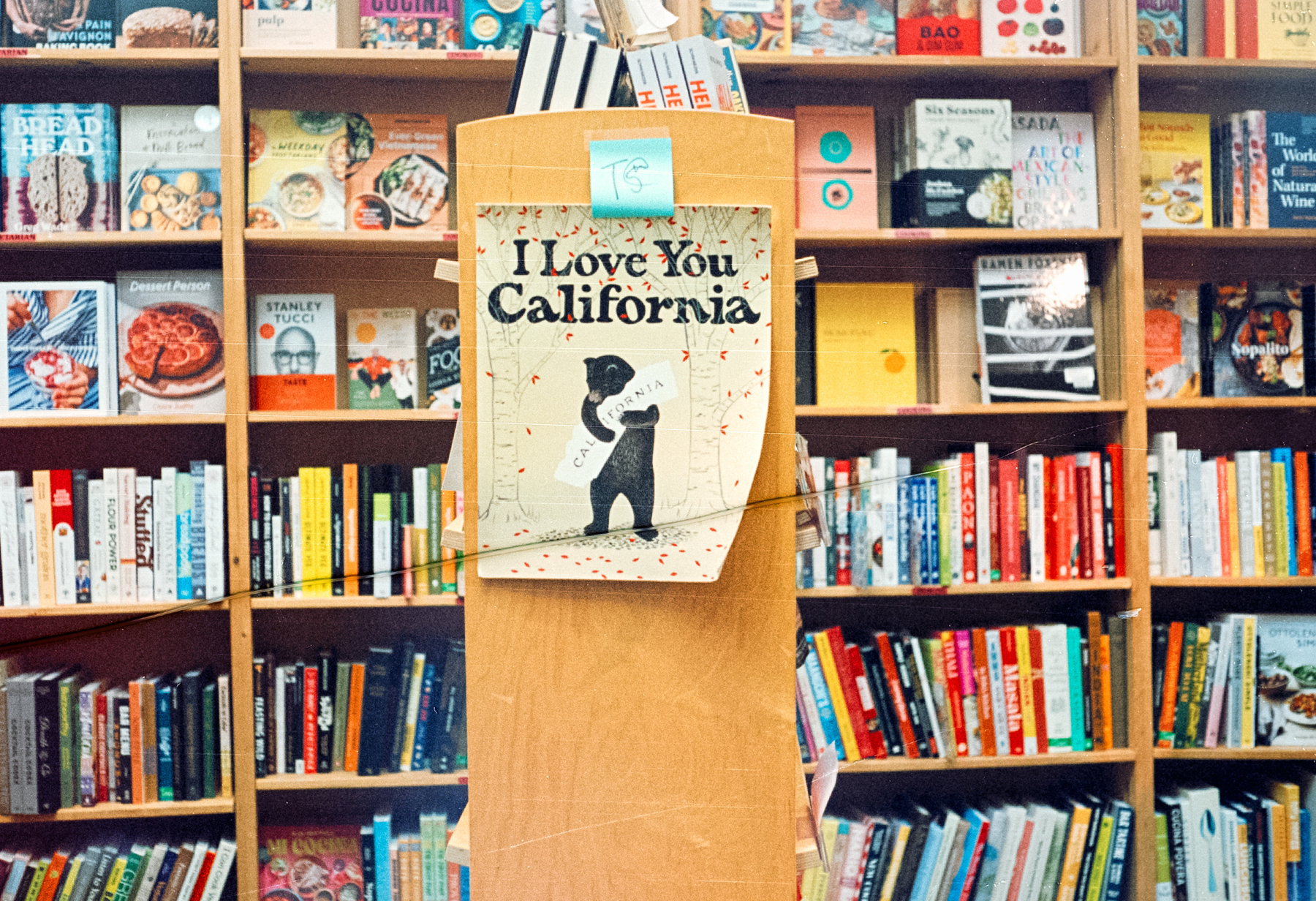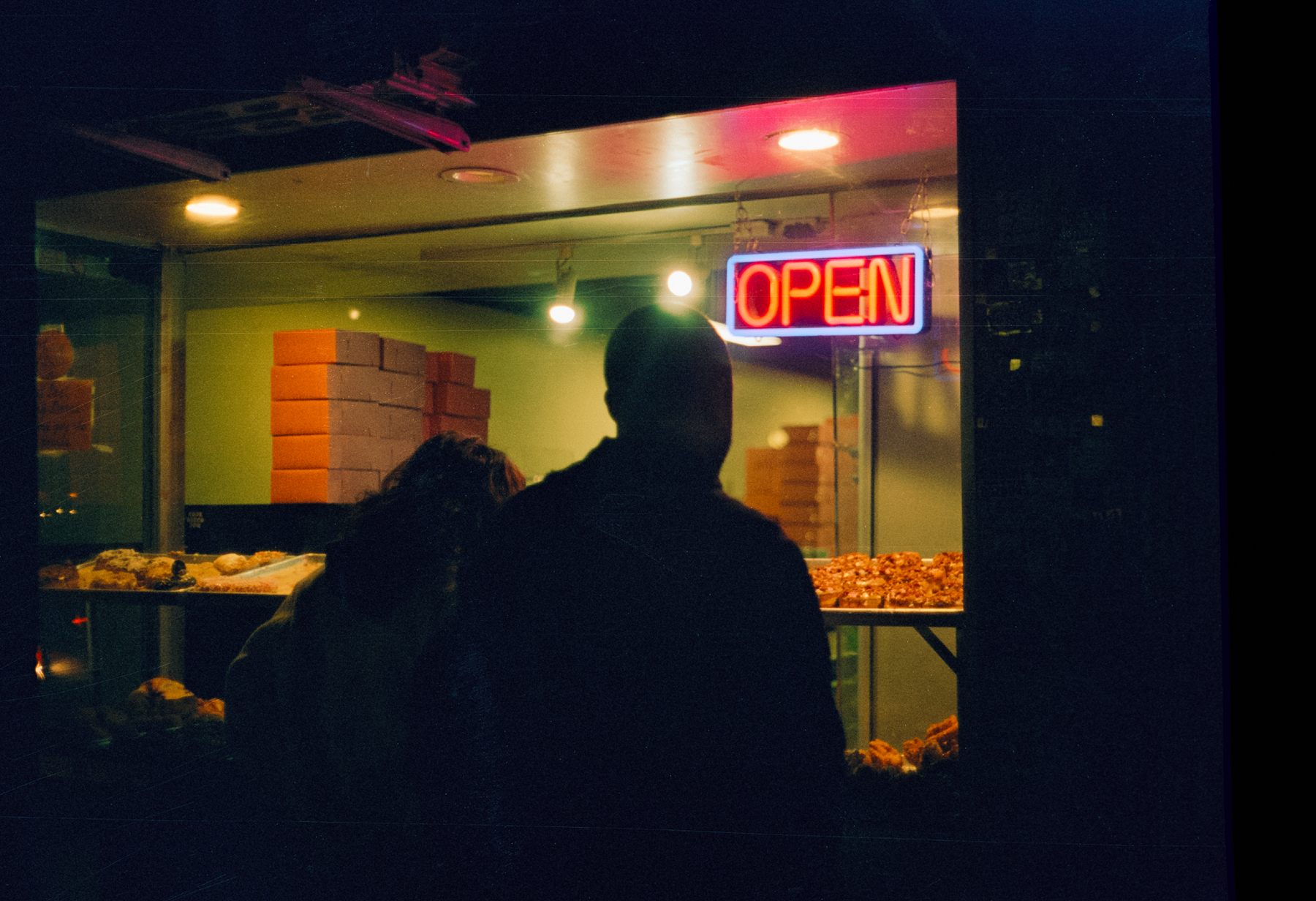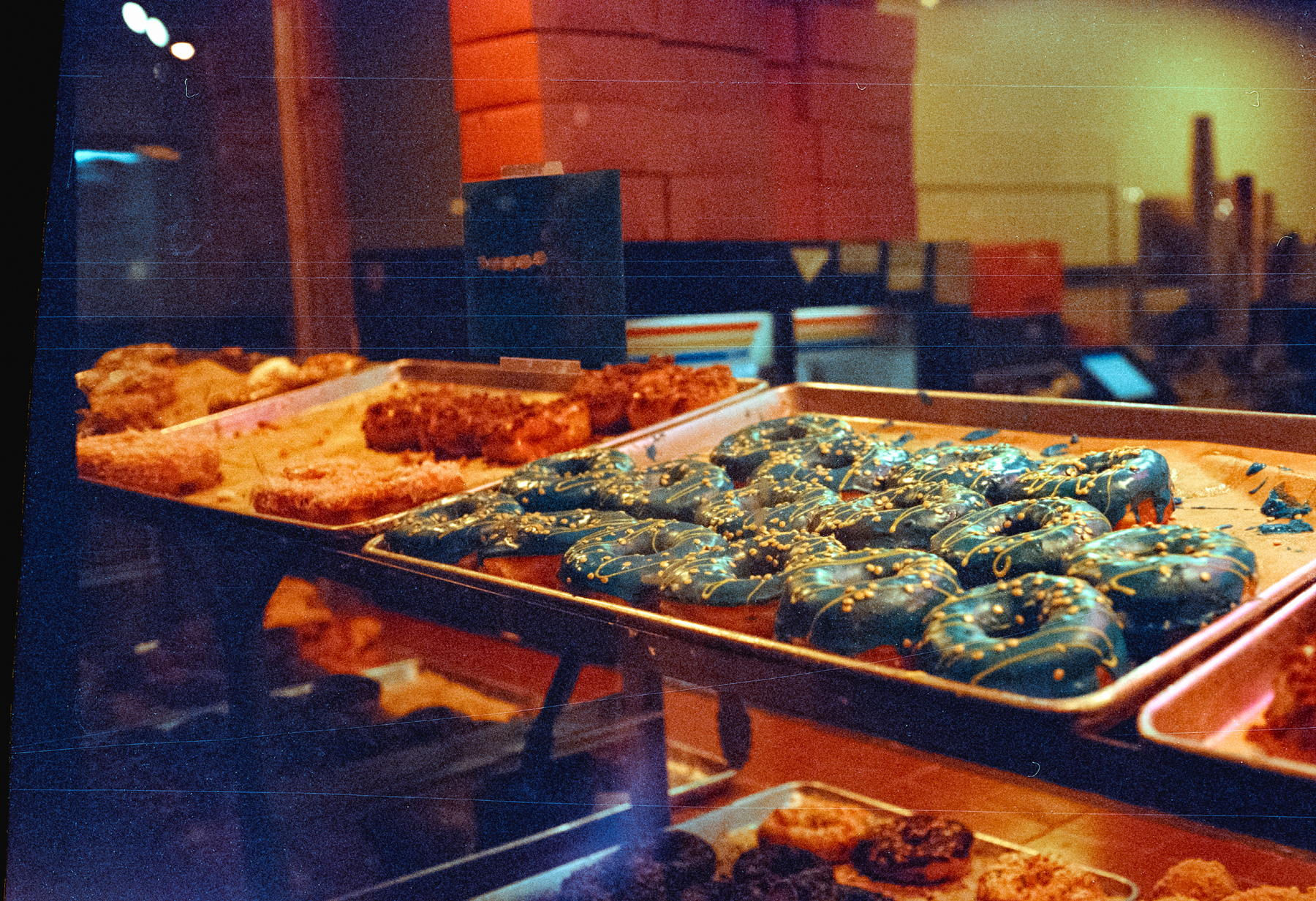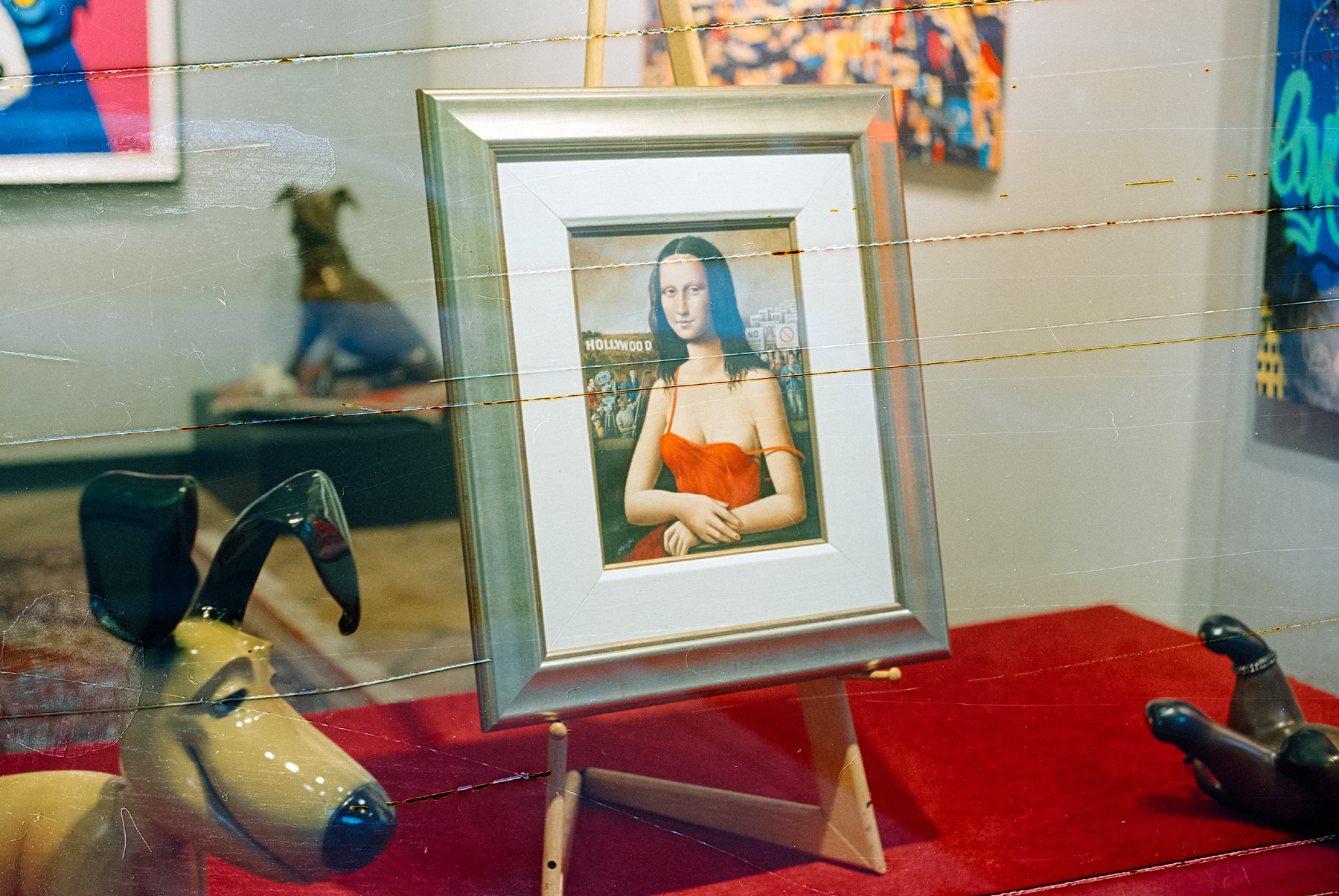Like so many film photographers outraged by the cost of color film these days, I’ve thrown myself headlong into the world of shooting stills on motion picture film. Kodak Vision 3 films can be purchased in bulk, spooled into lengths that bulk rollers can use, and then self-rolled into canisters at your own leisure. Instead of the $12-18 per roll abomination of standard color films, you can get motion picture film for $10 a roll if you buy them pre-rolled online, and $5-8 per roll if you do it yourself.
The huge caveat if that you can’t just send this film to any film lab. They have a layer of black carbon on the film, known as ‘remjet’, that requires special handling. While I previously bought and sent my motion picture film to a specialist, I decided that I wanted to learn how to do it myself.
There’s very scant information about how to shoot and develop motion picture film. The best information I’ve found has been this Reddit thread, other comparison threads, and some historical information on Photrio. Like I do in most things, I dove head first into it and made a ton of mistakes. But now I know.
I know, for example, not to use a stiff sponge to remove the remjet at the end. I know now that baking soda alone is not sufficient; borax is better. My darkroom (i.e. my bathroom) is now full of photo chemicals. I have all kinds of bottles and funnels. I’m truly getting into my mess around and find out era, and it’s super fun. I discovered I have as much of a passion for the ins and outs of photo developing, scanning and printing as I do for taking photos and telling stories. It’s been the important balm for my soul: the art and science of doing something that engages my heart, eyes, hands and soul.
This was from the first roll of Kodak Vision 3 250D that I developed. I used baking soda only in this roll to remove the remjet. Then, I used a stiff sponge to remove the remaining remjet at the end and.. that ended up scratching the negatives. But I’m learning to appreciate that mistakes happen and it’s fine and maybe even cool, since it imparts a strong sense of physicality to the digital realm: if you were to look for this negative a hundred years from now, it will still have these scratches. It will be unmistakably something that happened from my own hand, rather than rendered by stable diffusion.
So I will keep shooting motion picture film and keep developing them.

I love you too, California, San Francisco, and Green Apple books.

Bob’s donuts. A landmark of San Francisco.

Donuts donuts donuts.

Mona Lisa, modernism, and scratches across the negative.
(All photos taken on Minolta Hi-Matic 7S II with Kodak Vision 3 250D film, self-dev in ECN-2 chemistry and scanned on Plustek 8200i)